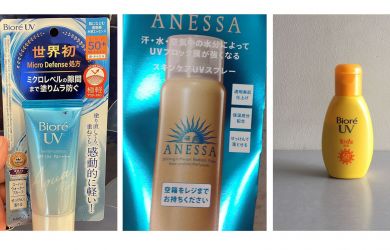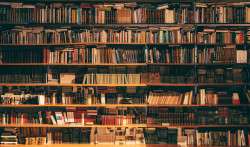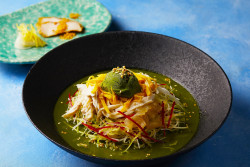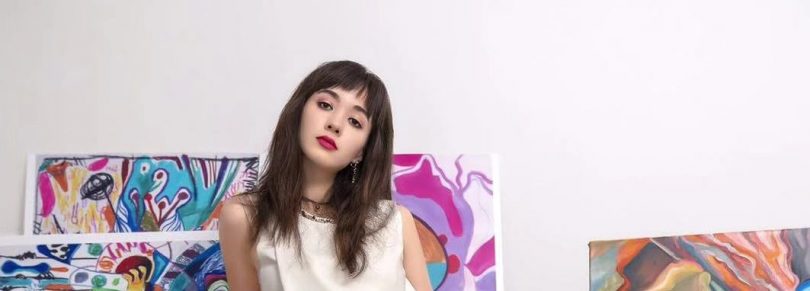
May 12, 2020
When Art Imitates Life
Galleries and artists adapt to cope with the coronavirus
The coronavirus has forcibly taken over the art scene. Earlier in February, world-renowned show Art Basel in Hong Kong announced it’s cancelation. In New York, the Museum of Modern Art has cut its budget by $45 million just to stay afloat. Worldwide, art galleries, museums and artists have been feeling the pressure of the pandemic. To cope, the art industry has found an alternative method for staying in business: going digital.
At home, where forms of passing time have been reduced to internet scrolling, consuming culture has essentially become an online activity. Restlessness has created a new type of demand for art and with no way of tangibly consuming it in its flesh, the internet has become the industry’s new medium. Traditional gallery viewings are now obsolete, replaced by virtual exhibitions, Instagram posts and YouTube videos.
Not only have galleries changed their ways of displaying curations, creators have also adapted their artistry to challenge this new pandemic age. Giving an insight into how the coronavirus is affecting art communities and their work, we spoke with Chinese-Icelandic artist Eirdís, who accidentally found herself stuck in Tokyo. Japanese photographer RK, whose installation at the Diesel Art Gallery was transformed into a 3D virtual exhibit, also shares his response to the effects of the pandemic.
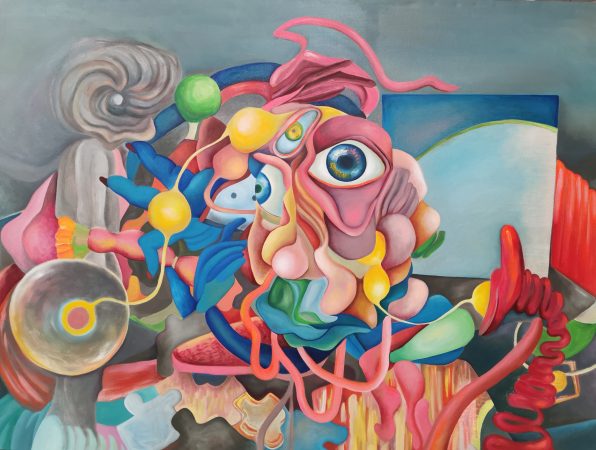
Changing landscape
Although the immediate impact of the coronavirus has created many challenges, it has also created a reservoir for growth. Like a grim blessing in disguise, the use of digital platforms explored during this time may just be the answer to evolving the art industry itself. In this age where businesses have to keep up with accelerating market changes, galleries can no longer solely depend on in-person viewings and art sales.
As Hanna Brieven, PR manager and gallery coordinator at UltraSuperNew Gallery, mentions, this is a “chance to create more accessible ways to experience art online.” Taking the digital leap, the gallery’s new program, “IN STUDIO,” provides an entirely virtual glimpse into the creative process of a resident artist. Using the gallery space as a personal studio, artists serve passersby with a real-time exhibition and document their experience on their Instagram stories for audiences at home. The gallery also posts to their Instagram, with series like “Artist Interrupted,” where artists film themselves answering questions in their own studios.
Other members of the art industry and community are also working to operate online. For independent artists, video membership platforms like Patreon have become a crucial part of earning during this difficult time. Not only does this help support artists, it allows subscribers to immerse themselves in art and value their favorite artist’s work.
Mapping the pandemic
Debuting UltraSuperNew Gallery’s “IN STUDIO” program, Eirdís describes her work as “connecting the uncertainty of the global situation with the uncertainty of the exhibition.” This uncertainty is characterized by the fluidity and constant change in her installations, depicting “a direct reflection of a collective consciousness.”
The experimental artist often explores psychological and philosophical themes, and the mind’s connection to its surroundings. She continues to embody this approach in her work, changing her installation every two days with colors and shapes that illustrate her current state of mind. As a result, she realized that her work had naturally turned into an abstract map of our pandemic world. “With everybody looking at numbers and maps of where the coronavirus is, the shapes in my installations were like countries. It was always changing and I had no idea what I was making but that uncertainty is a direct reflection of our world right now.”
Eirdís hopes to use her position as an artist and opportunity at the gallery to address the situation, though not explicitly, and bring some entertainment to the people at home. As she says, “Art is something that touches people’s hearts, it’s important to share.” The artist hopes to spread some light and drive people away from the pandemic’s obvious negativity.
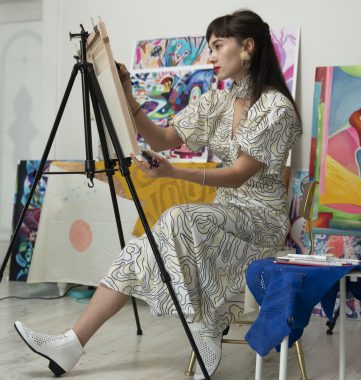
The pandemic has also brought about an ironic change for the artist as she feels “less lonely than ever.” Art, often being an autonomous activity can become isolating, however with the pandemic she has found a closer relationship with her audience and other artists. Proving her positive outlook on the situation, she brightly expresses her excitement for using this time to engage with people in new ways.
Eirdís also points out that the pandemic has had a catalytic effect on the digitalization of the art industry. She considers this moment to be a good opportunity for galleries to grow their social media activity and for artists to explore more options for exposure. For her, the situation has opened up a scope of possibilities for what she can do with her art. From editing videos to upload on YouTube, to collaborating with other artists on Instagram Live and setting up a Patreon account, she has been testing new ways to develop her work.
Check out Eirdís’s website, Instagram, and YouTube to see more of her work.
Photographing the changes
RK, a Japanese photographer, graphic designer and DJ is one of the many artists whose exhibition had to be canceled or moved online. His “NEOrient” solo exhibition at the Diesel Art Gallery was transformed into a digital exhibit, while his other projects have been adapted or postponed.
The photographer comments on the reality of how the situation is affecting artist communities, stating, “We can no longer work the way we did before. This is also a sudden change that was completely unexpected. I’m sure it’s come as a huge blow for many [artists].” However, he believes that this pandemic will not only change the artist community, but society as a whole, making us stronger and more resilient.
View this post on Instagram
While it is easy to feel tied down by the situation, RK seems to be quietly optimistic as he reveals that he is currently planning some online projects. The photographer is also working on organizing his content to carefully pick out images that would be appropriate to share online in this climate. He mentions that his work and what he wants to communicate to his audience have already changed to a large extent as he continues to explore the changes in his environment. It seems that only in retrospect will we be able to see how the pandemic has truly influenced the work of artists.
Take a virtual tour of RK’s NEOrient exhibition, with his famous street photography images from his travels around Asia. Check the Diesel Art Gallery website for more images of the physical installation,
Check out RK’s website and Instagram to see more of his work.
Virtual exhibitions, social media and more
Here is a list of Japanese galleries and museums that have been posting online content — from virtual tours, to IGTV and YouTube videos.
- True Colors Festival offers four different kinds of performance: dance, beats, jazz and circus, which aim to bring more diversity into the city.
- Blum & Poe broadcasts include online showings, art sales, videos, readings and more on individual artists that were scheduled to exhibit.
- FM Virtual is Fergus McCaffrey’s new online gallery that allows you to experience an exhibition from home. Make sure to also check out their extensive online video library about its artists.
- Ghibli Museum is posting museum tours on their YouTube page.
- Hara Museum of Contemporary Art is posting pieces from Yasumasa Morimura’s collection “Ego Obscura” on their Instagram feed.
- Mori Art Museum posts IGTV videos of what would have been their current exhibitions on their Instagram.
- Niconico Art Museum streams live broadcasts and posts recordings from museum tours guided by art experts.
- Ota Memorial Museum is posting images of their extensive Ukiyo-e collection on their Twitter feed.
- Tokyo Opera City Gallery actively posts on both their Facebook and Instagram accounts with images and videos of current exhibitions.
- Tokyo Photographic Art Museum’s YouTube channel features several videos explaining photo collections in Japanese.
- Unko Museum has gone completely virtual. Try out their cute poop backgrounds for some #stayathome selfies.
For more virtual tours and interactive ways to enjoy art, check out the Google Arts & Culture App, which features over 2,000 museums and galleries from over 80 countries.
